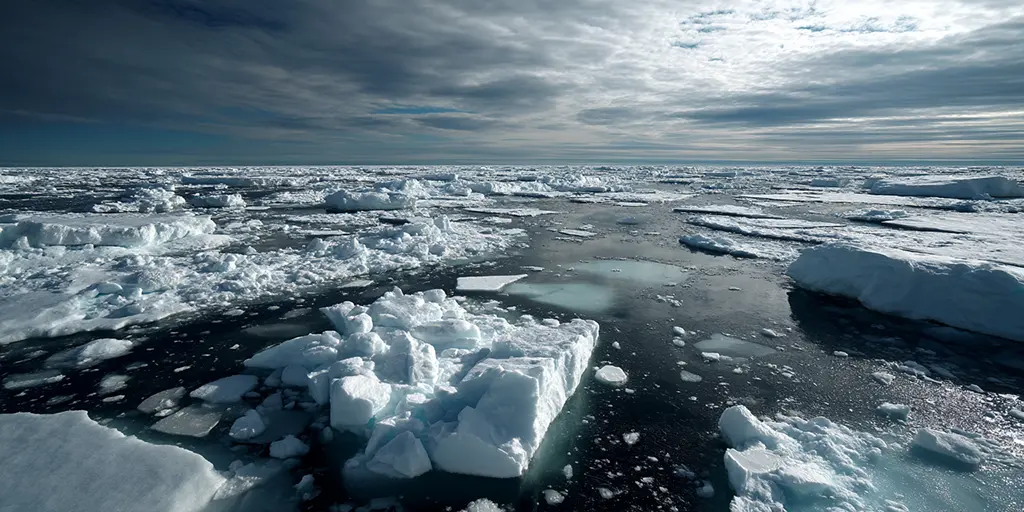
From the NoTricksZone
By P Gosselin
Late summer Arctic sea ice extent has remained steady for almost 2 decades.
In the late 2000s, experts and climate bedwetters, like Al Gore – warned the late summer Arctic sea ice would disappear already by 2015.
That prediction has yet to even come anywhere near close to happening.
According to the US National Snow and Ice data Center (NSIDC) at the University of Colorado Boulder, the Arctic sea ice melt this year has long reached its low point, falling to 4.602 million square kilometers on September 10th:
Source: NSIDC.
Compared to the record low of 3.387 million square kilometers that occurred 13 years ago, 2012, this year’s value is more than 1.2 million square kilometers greater, and nearly half a million square kilometers more than 2007 (4.155 million square kilometers.).
Overall, Arctic lat summer sea ice trend has been flat for nearly 2 decades, defying the global warming trend prediction that it would melt to almost nothing by now. The alarmists have been completely wrong.
0 0 votes
Article Rating
Like this:
Like Loading…
Related
Discover more from Watts Up With That?
Subscribe to get the latest posts sent to your email.
Welcome to Watts Up With That, one of the most well-known climate blogs! We gather the latest scientific research, news, and expert opinion to help you understand how our planet is changing and what implications it may have for humanity. Our approach is based on facts, objective analysis, and open discussions about one of the most critical issues of our time. Watts up with that climate and what changes await us – let’s figure it out together!
Watts Up With That covers a wide range of topics related to climate change and its impact on the world. Here’s what’s important to us:
Global warming – its causes, consequences, and future forecasts.
Analysis of current climate research and its findings.
Climate change news.
Extreme weather events – hurricanes, droughts, floods, and their connection to climate change.
The impact of different energy sources on the environment and the development of sustainable technologies.
Political and economic aspects and how states and international organizations respond to climate change.



